1. Canned Carrots
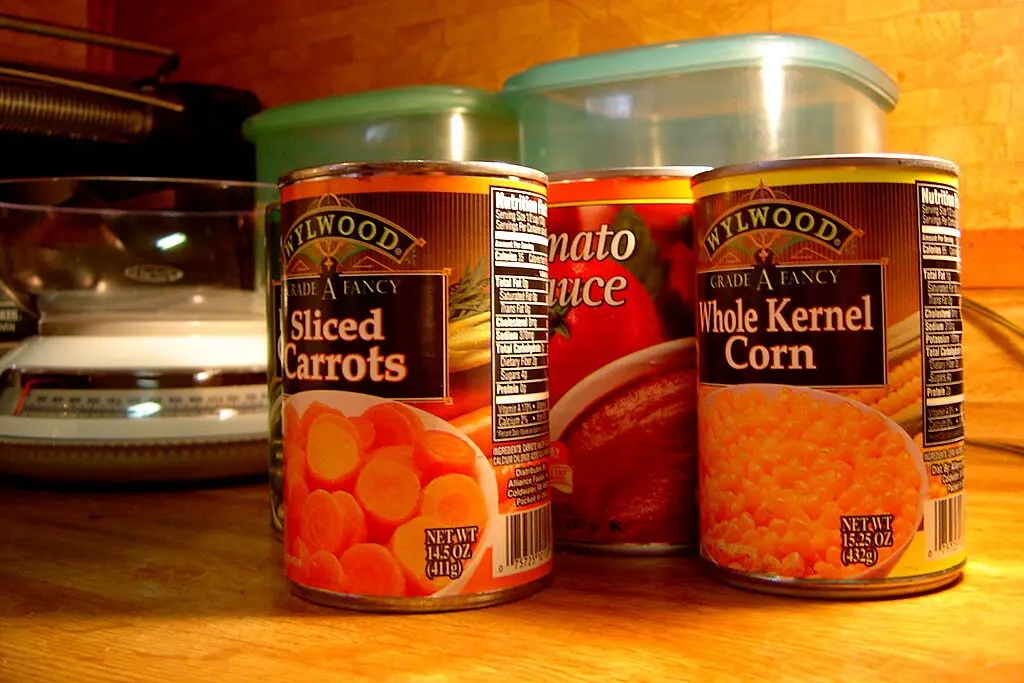
During World War II, fresh produce was often scarce due to rationing, so canned vegetables like carrots became a household staple. With the ability to last long without refrigeration, these canned veggies were a convenient, if less than appetizing, substitute. Carrots in particular were praised for their ability to be included in almost every meal, whether stewed, mashed, or tossed into a soup. Canning them became a necessity as families needed to find ways to make food stretch as far as possible.
Though they’ve faded from most modern-day pantry shelves, canned carrots were a beloved convenience during wartime. They were also one of the few vegetables that could maintain some of their nutrients when preserved. Today, fresh carrots have reclaimed their rightful place in the kitchen, leaving canned versions mostly relegated to the past. But for those who lived through wartime, the humble canned carrot remains a reminder of a time when simple, long-lasting foods were prized.
2. Spam
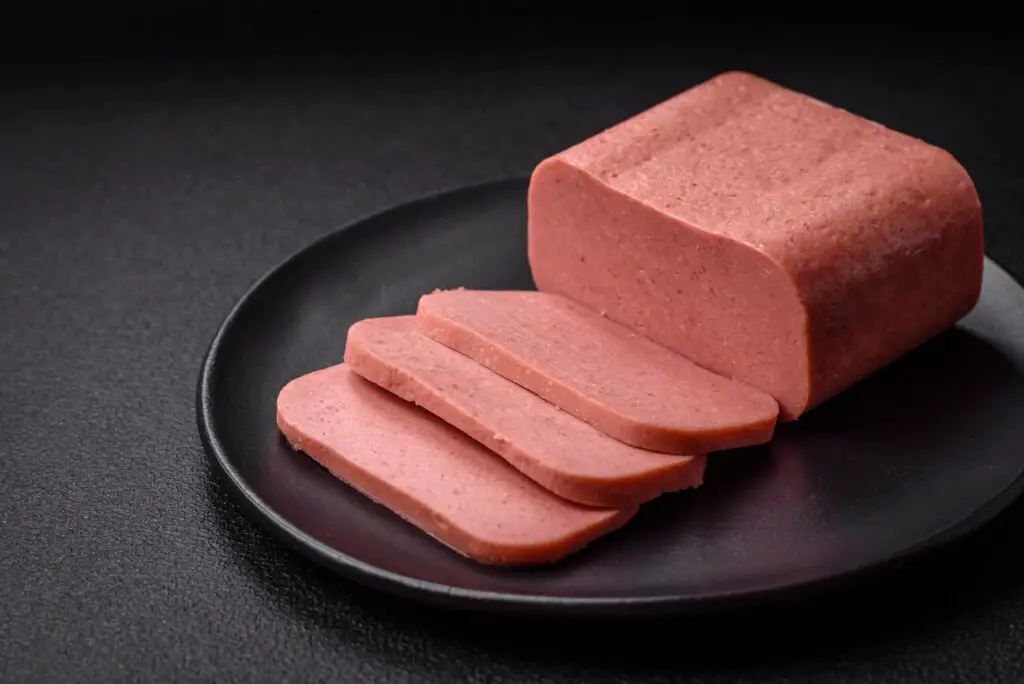
One of the most iconic foods to come out of wartime, Spam became a symbol of endurance during World War II. Initially seen as a cheap and reliable source of protein, this canned meat was shipped overseas to soldiers and quickly became a staple for families back home. Made from pork and ham, it could be sliced, fried, or eaten straight from the can, making it a versatile addition to any meal. Its long shelf life was a game-changer when fresh meat was in short supply.
Today, Spam often gets a bad rap, but during wartime, it was considered a luxury due to its convenience and ability to last without refrigeration. While it may not be as popular now as it once was, the legacy of Spam endures in modern-day canned meats and even has a place in certain cultures like Hawaii, where it’s still a beloved ingredient in local dishes. Wartime families still remember the days when Spam was both a practical solution and a symbol of resilience.
3. Powdered Eggs
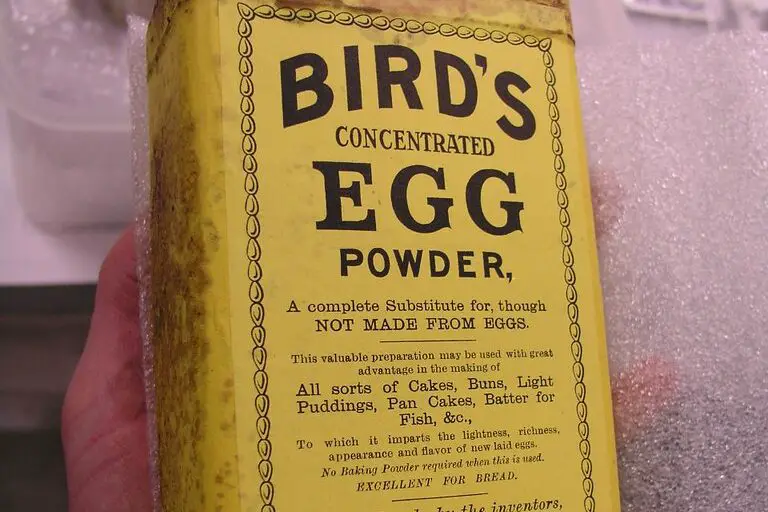
Eggs were a luxury during the war, so powdered eggs emerged as a solution to keep up with the demand for protein without breaking rationing rules. These dehydrated eggs were used for baking, in casseroles, or simply reconstituted with water to mimic the real thing. Although they lacked the richness and texture of fresh eggs, they were a vital ingredient that helped make up for shortages. Families quickly adapted, finding ways to use powdered eggs in everything from scrambled eggs to cakes.
Though they may not have the appeal of fresh eggs, powdered eggs were an essential wartime food. After the war, however, they fell out of favor, as people’s access to fresh eggs increased again. Today, powdered eggs are primarily found in emergency food kits or as ingredients in certain processed foods. But for those who lived through the war, they represent a time when ingenuity and adaptation were key to getting by.
4. K-rations
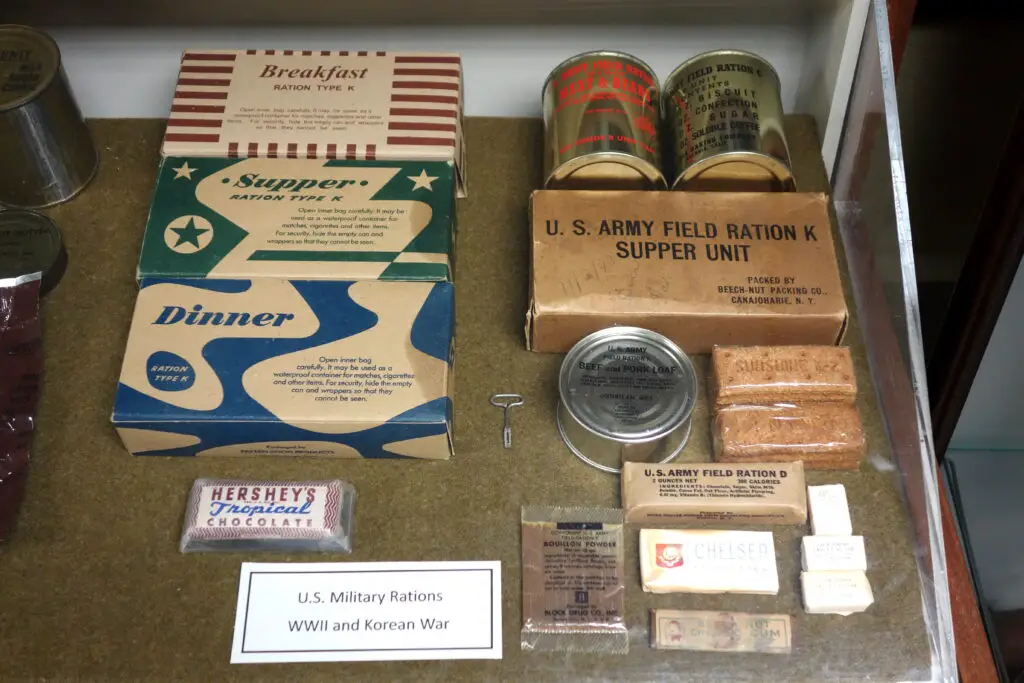
K-rations were small, pre-packaged meals designed for soldiers to eat while on the move. They contained a mix of canned meats, crackers, gum, and a powdered drink, all packed tightly into a compact box. Although these meals were designed to be eaten on the battlefield, many Americans also had access to K-rations during wartime. They were practical, filling, and could be stored for long periods, making them perfect for rationing.
Though K-rations were originally designed for military purposes, they found their way into civilian kitchens as a temporary measure. Over time, they faded from common use, replaced by fresher and more convenient meal options. The nostalgia for K-rations, however, remains strong among veterans and their families. For them, K-rations evoke memories of both hardship and resourcefulness during a difficult time in history.
5. Rice Pudding

Rice pudding, a dish that seemed almost too simple to be memorable, was a comforting staple during wartime. With limited ingredients and tight rations, rice pudding offered a filling and inexpensive dessert that families could stretch over multiple servings. Rice, sugar, and a bit of milk were all it took to create this dish, which became a popular comfort food during difficult times. It was often served cold, making it perfect for hot summer days when turning on the stove wasn’t ideal.
While rice pudding may not be as trendy today, during wartime, it was seen as a symbol of family togetherness. It was one of those dishes that could be made with basic ingredients and yet, bring a sense of warmth and normalcy amidst the chaos. Today, rice pudding is still made in many households, though it’s often given a more modern twist with added flavors like cinnamon or raisins. But for those who lived through the war, rice pudding remains a reminder of a simpler, sweeter time.
6. Canned Meat Stews
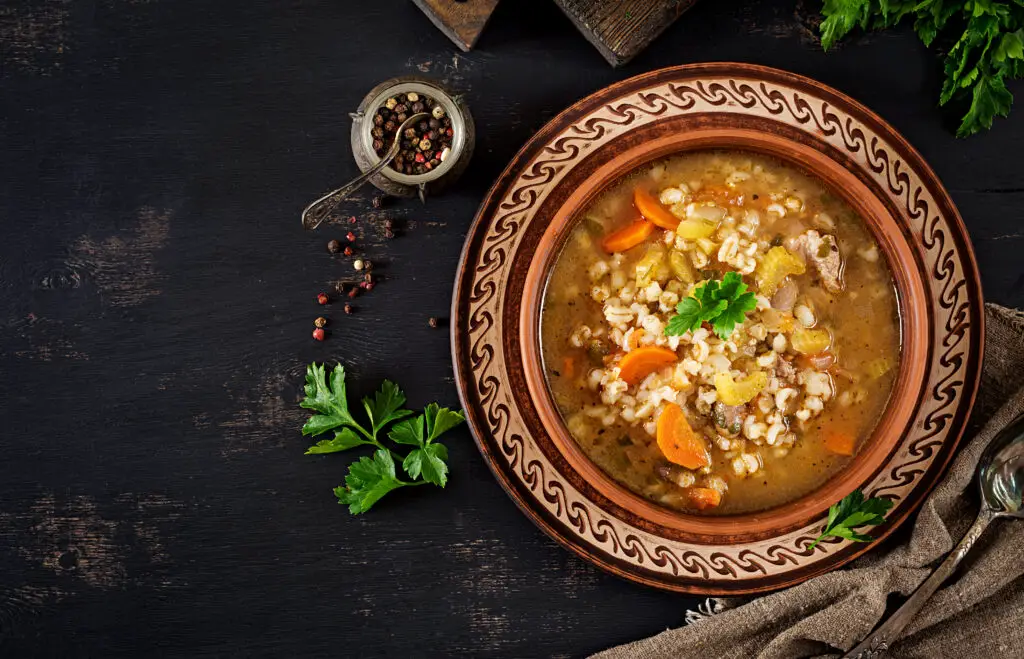
Canned stews became a go-to for busy wartime households, offering a filling and easy-to-prepare meal. These canned meals often contained meat, potatoes, and vegetables, all stewed together to create a hearty, if somewhat unrefined, dish. With rationing in place, canned stews were a way to provide the family with a balanced meal that required minimal preparation. They were a quick fix for nights when cooking from scratch wasn’t an option.
Today, canned stews have fallen out of favor as people have turned to fresher alternatives, but during wartime, they were an essential part of many American kitchens. These stews were not glamorous, but they were dependable. The simplicity of the meal was a reflection of the times—getting by with what you had, and making do in a world where resources were limited. For those who lived through it, canned stews were both a lifeline and a reminder of the endurance needed to survive during a tough era.
7. Victory Gardens Vegetables

Victory gardens were a wartime initiative encouraging people to grow their own vegetables to supplement the food supply. These gardens were planted in backyards, vacant lots, and even on rooftops in urban areas. Vegetables like tomatoes, carrots, beans, and squash became staples for families trying to minimize their reliance on store-bought produce. Victory gardens were not just about food; they were also a way to boost morale and contribute to the war effort.
After the war, many of these gardens disappeared as food supplies returned to normal. However, the idea of growing your own food has seen a resurgence in recent years, especially with the rise of sustainability movements. For those who lived through wartime, the memory of tending to a Victory garden represents a time when every little bit counted. It was a reminder that in times of scarcity, resourcefulness and community spirit could make all the difference.
